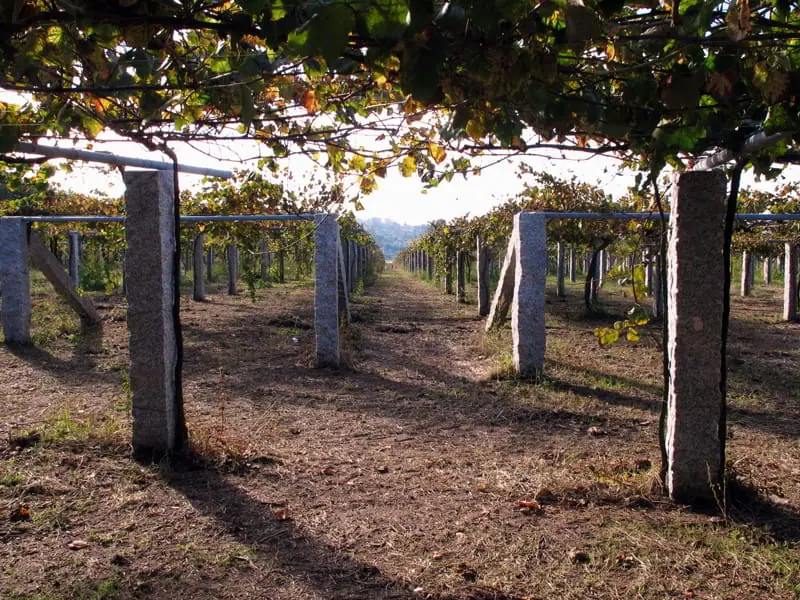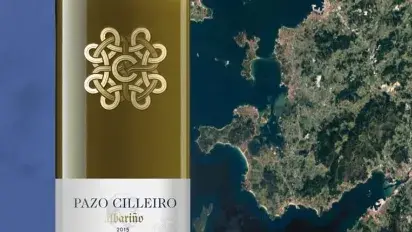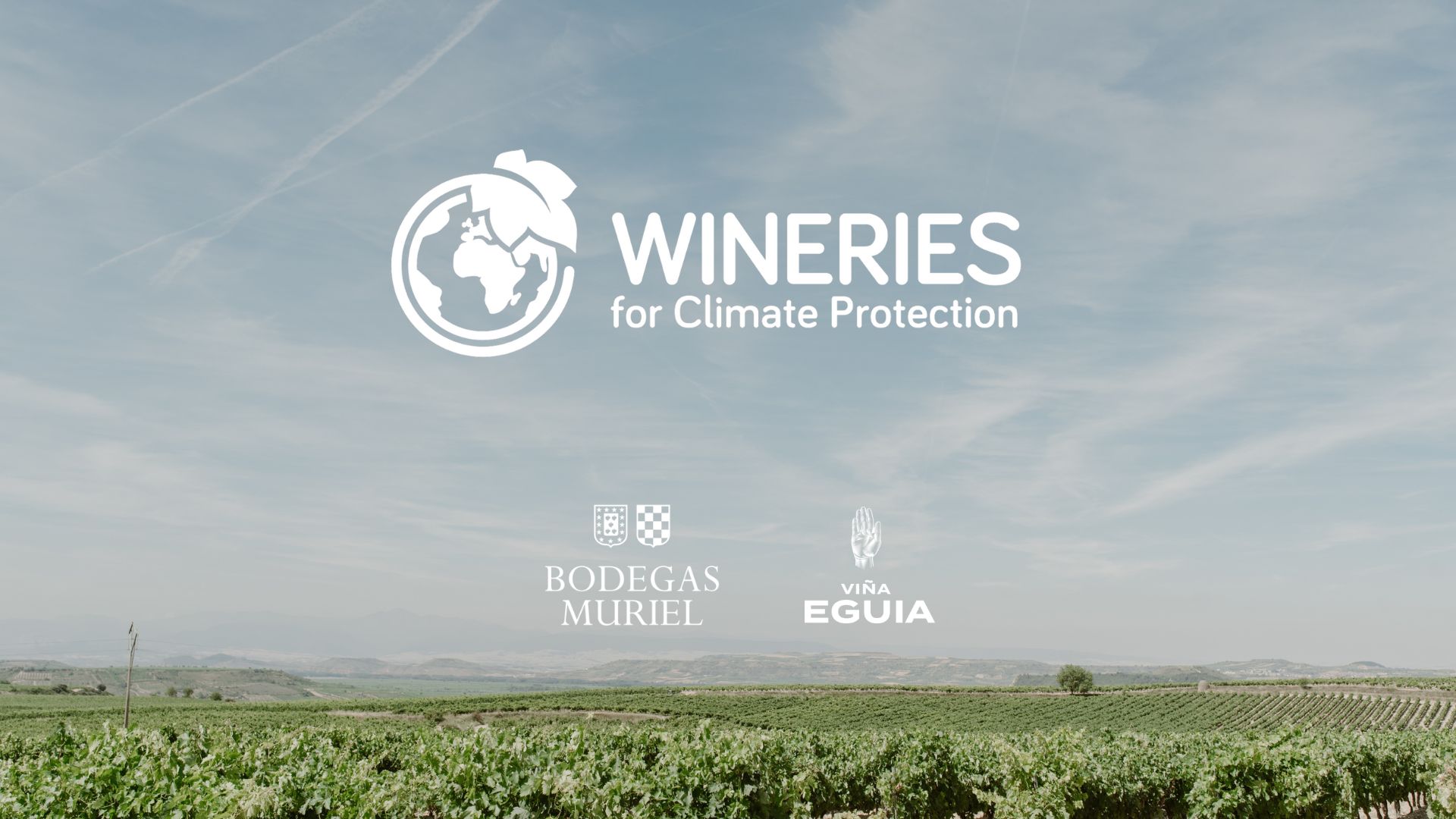Why Rías Baixas (where our Pazo Cilleiro being a fine exponent) has become one of the most dazzling and admired whites in the world of wine?
We are going to take a look at its geoclimatic, cultural, historical and, of course, winegrowing characteristics. We will reveal the main reasons for its extraordinary quality and international success. In other words, we will explore the terroir of the vineyards and white wines of Rías Baixas.
In this piece, we begin with the physical elements. In future articles, we will address the cultural aspects. Happy reading!

Geography: rías connected to the Atlantic Ocean
Located in the northwest corner of Spain, very close to the north of Portugal, Rías Baixas owes its name to the main natural feature that defines its geography: the rías, low river valleys flooded by the waters of the Atlantic Ocean. The gently sloping lands facing the different rías -including Val do Salnés, where Pazo Cilleiro is located- are very suitable for grape growing, aided by the region's distinctive climate factors.
The weather: mild and rainy
After the grape harvest, autumn and winter are usually very rainy in Rías Baixas. The Atlantic storms of the west and southwest take the spotlight. They bring heavy rainfall and mild temperatures, with very little differences between day and night. The average temperature in January is around 10ºC. Although infrequent, our coasts can be occasionally swept by cold air from the north.
Spring in DO Rías Baixas arrives early and is rainy, with little risk of late frosts. In summer, the famous Azores High, typically found on the western Atlantic Ocean, prevents the flow of disturbances. Thus, rainfall is scarce and temperatures do not rise too much, due to the cooling sea. The dry summer weather favours grape ripening.
Average annual rainfall is about 1,400 litres mm.
Geology and soils: the world of granite
Rías Baixas lies within a vast area of siliceous bedrock in the west of the Iberian Peninsula, formed with the Hercynian orogeny of the Carboniferous period (Paleozoic Era), some 300 million years ago. Very old granite covers most of the territory, although the river valley floors are plains from the Quaternary, a more recent period.
On the surface, the granite is largely sandy, with a high content of quartz.
Most of the vineyards are found at a short distance from the sea, so they are low and shallow lands, mainly sandy and somewhat acidic, lending a saline taste to the wines.
You may also be interested in:




